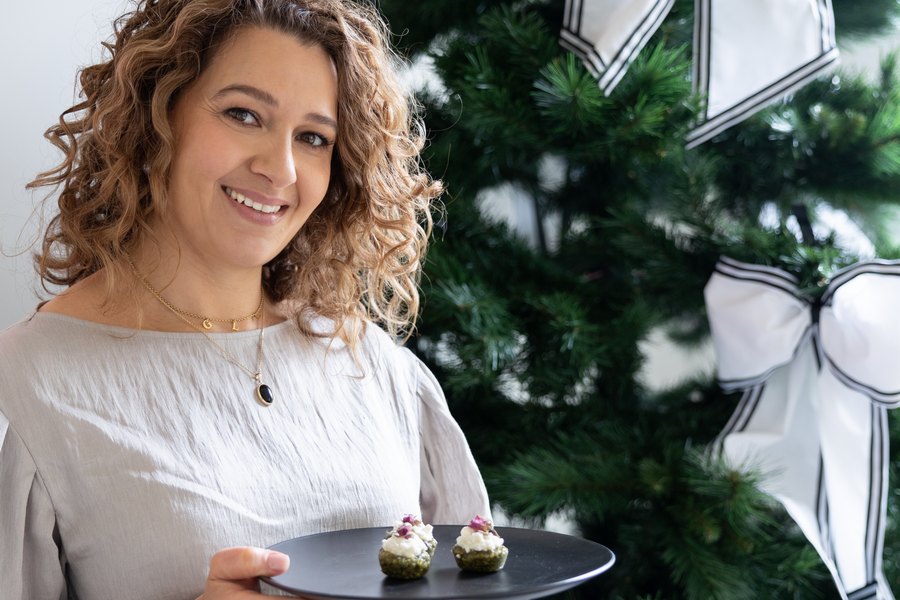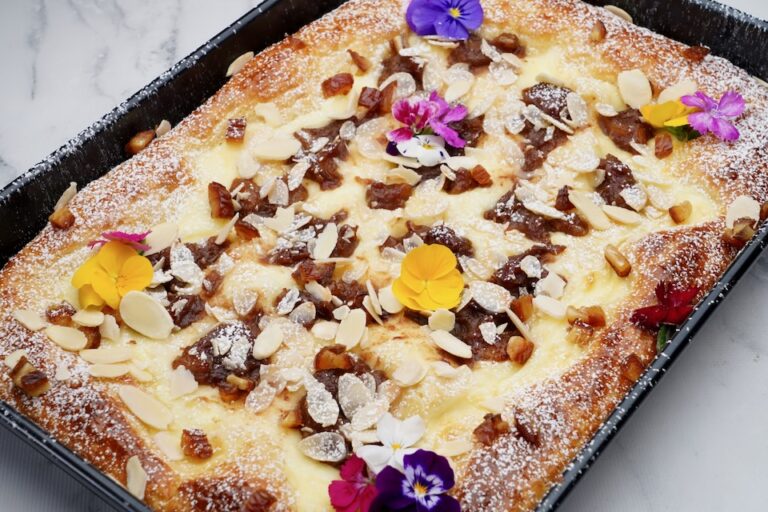Hummus or hummus bi tahini in Arabic is a staple dish in Middle Eastern cuisine and one of the most loved dips around the world. It’s also gluten-free and a great source of plant-based protein and fibre, which makes it an amazingly healthy addition to your diet.
Traditionally, it is enjoyed with flatbread or with beef and lamb at barbecues. Before meat became popular in the Middle East, hummus was usually eaten with wedges of raw onion, spring onion, radishes, and fresh flatbread.
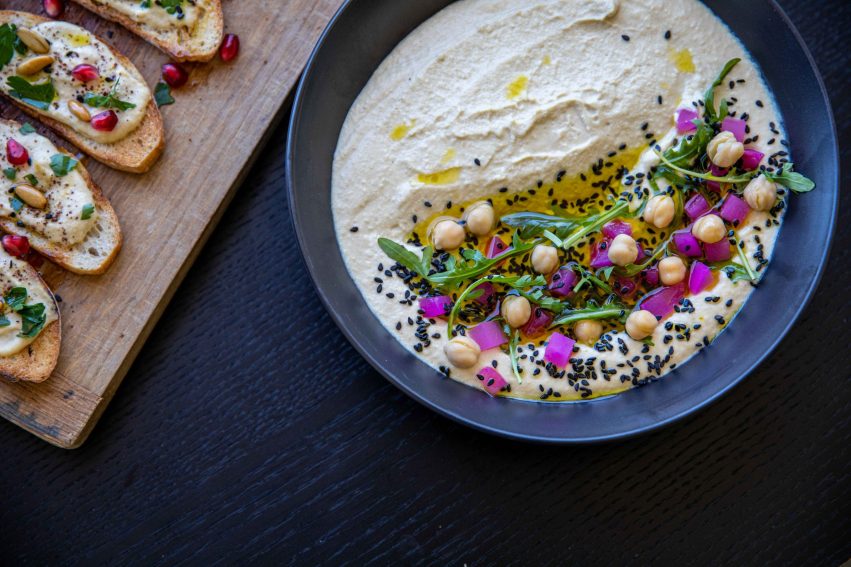
The best thing about hummus is that you can easily make it from scratch at home with only 5 ingredients (chickpeas, tahini, garlic, lemon juice, and salt) and a food processor. Also, to be completely honest, traditional homemade version is a lot more delicious and way cheaper than the store-bought alternative. Not to mention, it lasts for days in the fridge.
If you haven’t guessed by now, I love making hummus. It’s part of my culture, after all. In fact, I grew up eating this while it was still considered an exotic dish in Australia. Now, most of us have tried hummus at least once and became obsessed with it.
What’s the secret behind the perfect hummus?
Besides all the good quality ingredients that go into this dish and how well you follow the recipe instructions, a really delicious hummus can only be made with love. Simple as that.
Since first starting to make hummus, I’ve learned a lot of tips that helped me prepare the perfect hummus every time. Before going into the best ways in which you can enjoy your homemade hummus, I want to share these great tips with you:
- Use ice when blending your hummus for a softer texture. I know it sounds weird but trust me on this one. I learned this tip from my mother-in-law, and after trying it a couple of times, I can fully see the genius behind it. By adding ice when you’re making it, the heat created by friction is reduced, and the resulting paste has a smoother, brighter texture.
- If you’re using dried chickpeas, let them soak overnight (8 to 12 hours).
- Always add a tablespoon of bicarbonate of soda to your soaking chickpeas as this will reduce the boiling time the following day.
- Use only hulled sesame tahini as the unhulled alternative is unsuitable for making hummus due to its bitter taste.
- After soaking the chickpeas, wash them thoroughly to eliminate the aftertaste.
- Use the liquid from the boiled chickpeas to enhance the flavour of your hummus.
How to be creative when it comes to eating hummus
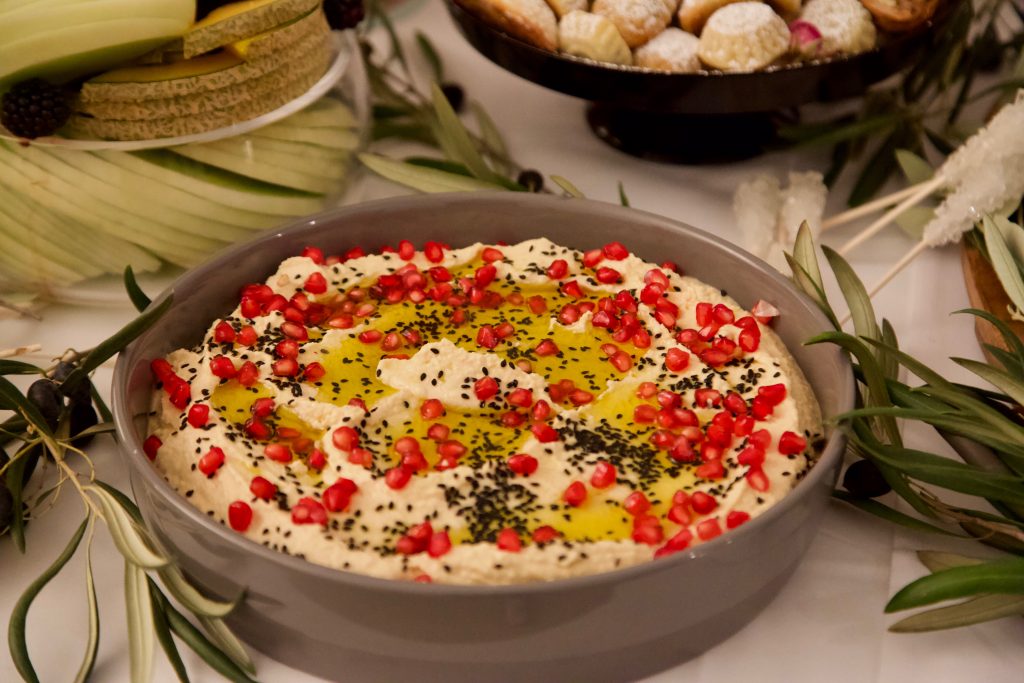
There’s absolutely nothing wrong with enjoying your hummus with just a bit of olive oil drizzled on top and alongside some fresh pita bread or veggie sticks. It’s the simplest and quickest way to eat this nutritious dish.
However, there are so many creative ways of eating it that stopping at the most common one doesn’t do it justice. Here are 9 delicious ways to eat homemade hummus that you have to try right now:
1. Spread it on bruschettas for a quick breakfast.
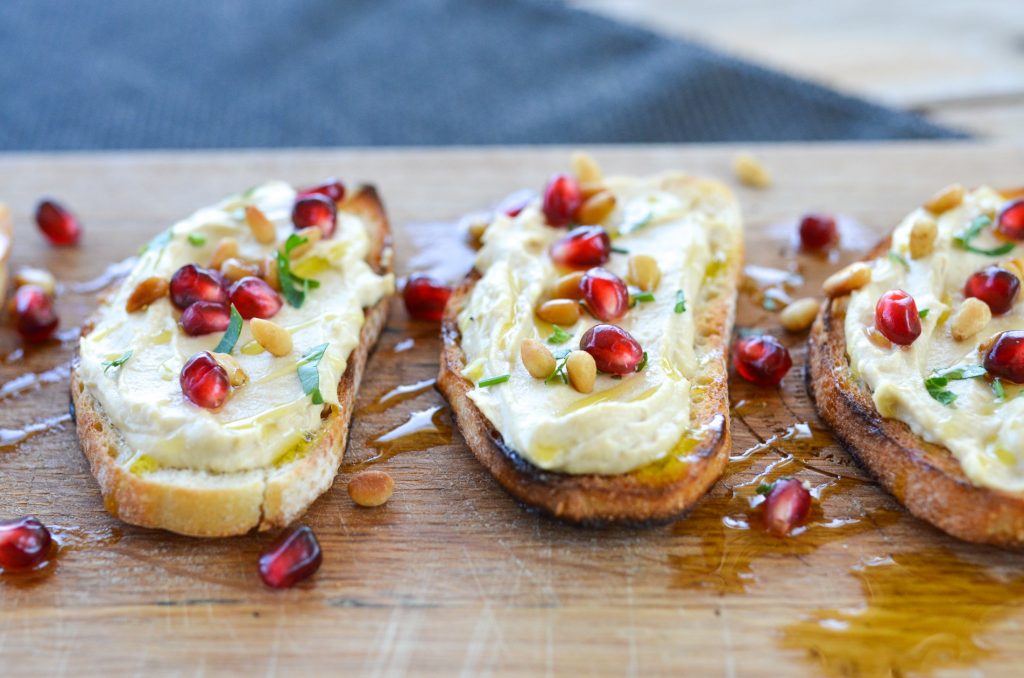
There’s no better way to start your day than with some creamy homemade hummus spread on crispy charred toast and topped with fried pine nuts and juicy pomegranate seeds (optional). These bruschettas are one of the simplest breakfasts/brunches you’ll ever try.
2. Transform it into an appetizing salad.
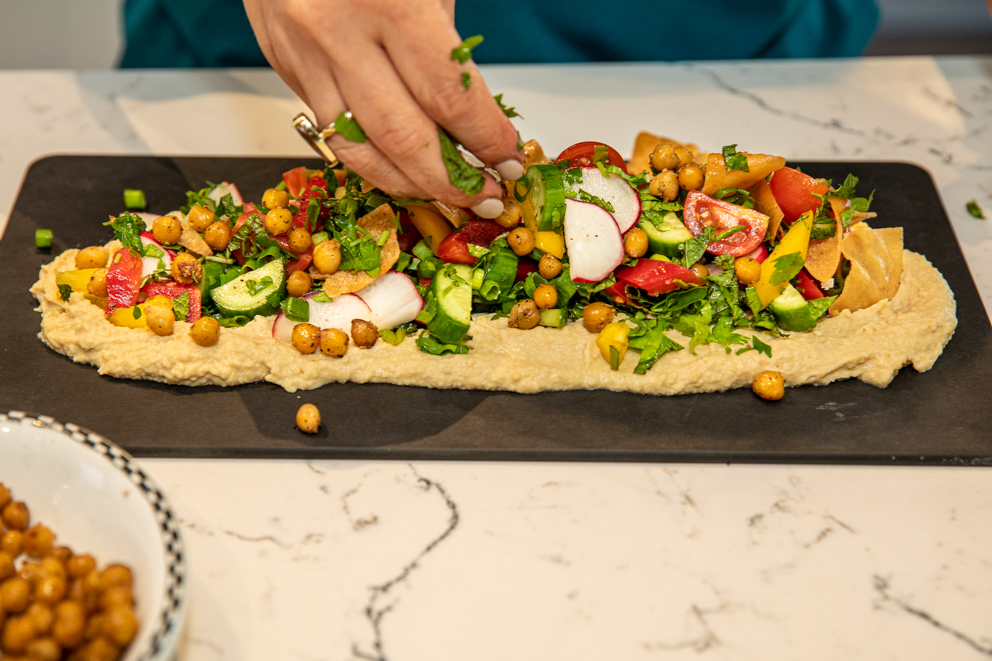
The roasted chickpea salad is the perfect weeknight meal that you can make whenever you have leftover hummus in the house. If you love the classic fattoush salad, you’ll definitely enjoy this one.
3. Whip up some quick hummus dinner rolls.
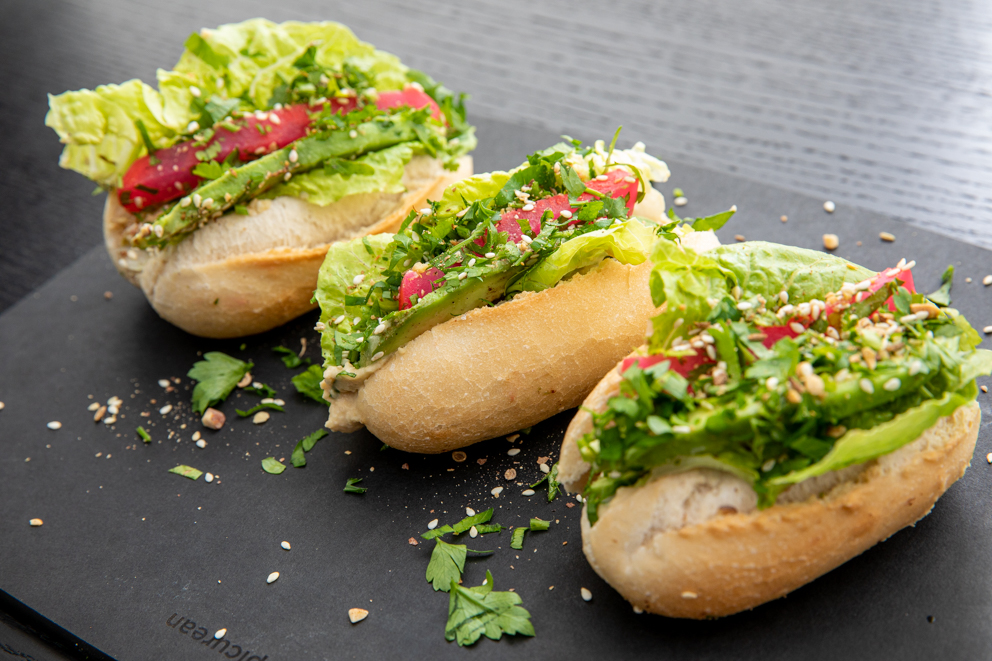
These dinner rolls are the perfect party food and a great, healthy snack you can enjoy throughout the day.
4. Prepare a warming comfort food bowl.
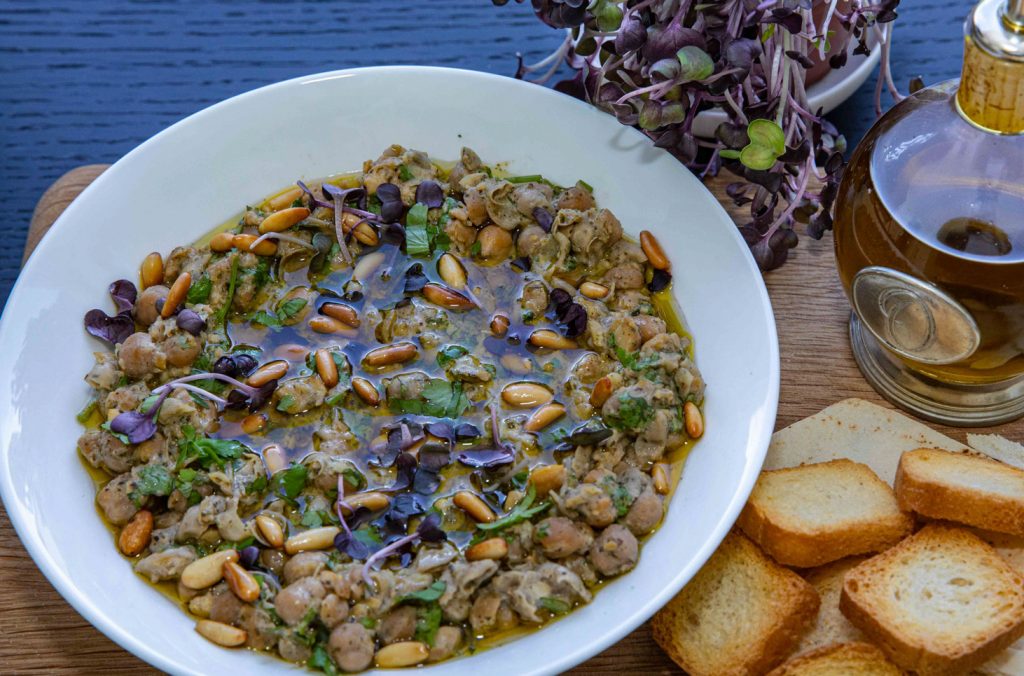
Musabaha is a rustic dish you’ll also find in my downloadable guide. Made with hand-mashed chickpeas and a dreamy mix of flavours thanks to the fragrant garlic, dry mint, and tangy lemon. Served warm, this delicious meal is the ultimate comfort food for chilly days.
5. Throw in some avocado for a flavourful twist.
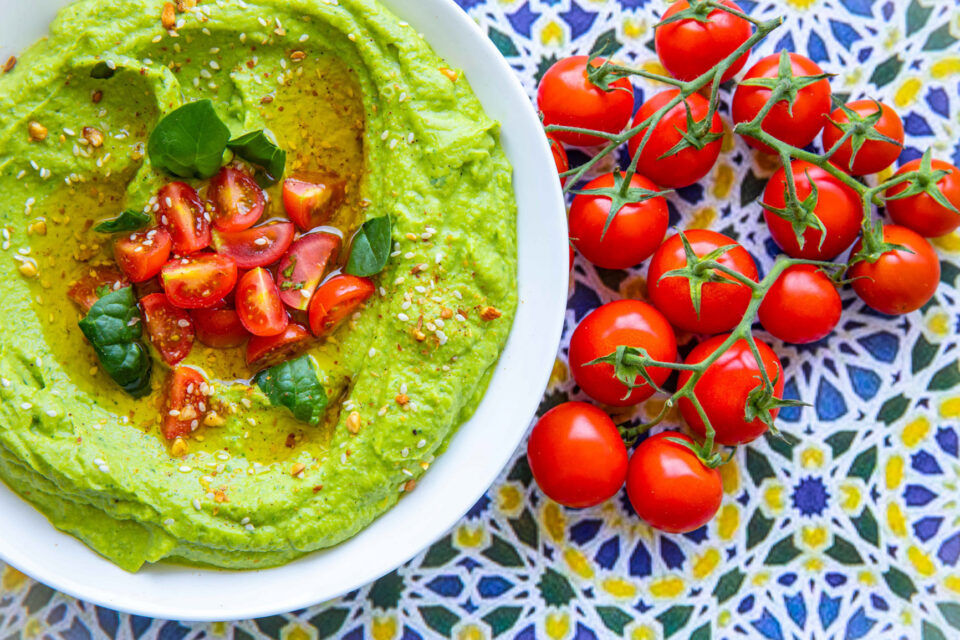
This avocado hummus is such a healthy, creamy, and simply amazing dish. You can serve it with raw veggie sticks, crackers on toast, or with any bread of your choice and you’ll also find in the downloadable guide.
6. Spice it up with chilli.
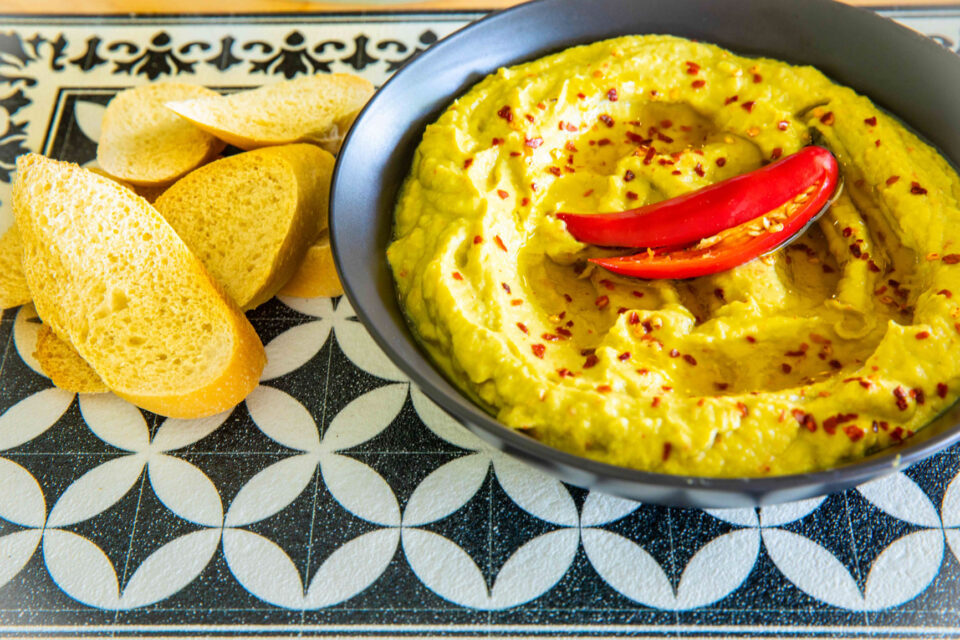
This chilli avocado hummus is a recipe I perfected together with my husband recipe which you’ll also find in the downloadable guide. We both love its bold flavour and tangy taste. You can serve it under roasted or seared lamb and beef or use it in any wraps or baguettes.
7. Pair it with gluten-free homemade crackers.

These crunchy, vegan-friendly seeded crackers are incredibly easy to make, and they go beautifully with your hummus. Enjoy this combination for breakfast, as a quick snack, or when going for a picnic.
8. Enjoy it with your Sunday barbecue.
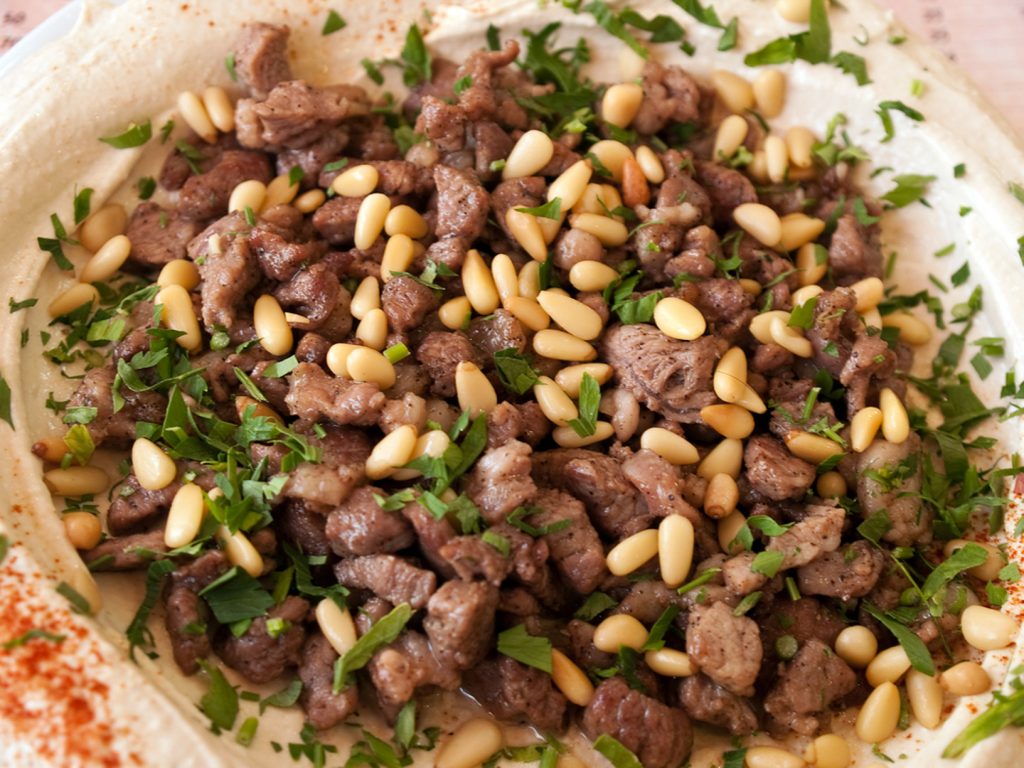
If there’s something that shouldn’t be missed from your barbecue table, that’s hummus. Such a light dish with its unique nutty flavour compliments juicy, marinated meat dishes very well.
9. Try this Heavenly You Know What Wrap.
Have some leftover meat and veggies? Then you’re all set to make this hummus wrap for a quick lunch or as a simple mid-week dinner.
Hummus love is true love
I hope you enjoyed this journal and that it inspired you to get creative with your homemade hummus. Don’t forget to follow me on Facebook, Instagram, and Pinterest for new Middle Eastern recipes, cooking tips, and more.
Also, before you go, there’s one more recipe I want to share with you, and that’s my mama’s authentic hummus recipe which you’ll also find in the downloadable guide. She always uses small dried chickpeas instead of canned ones because that’s how her mother made them.
I still remember my grandmother’s hummus, it’s the best I’ve ever tasted. She didn’t have a blender, she didn’t use measuring utensils, and she didn’t follow a recipe. She was a real cook that used her senses and loved to prepare the best meals for her family.
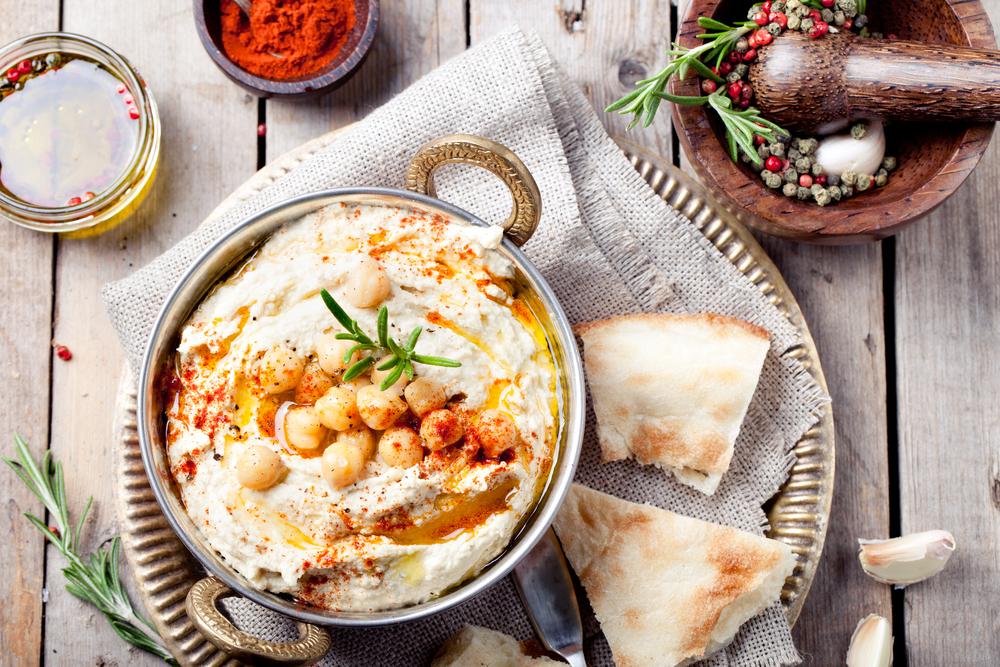
With Love
![]()

